In 2025, bathroom upgrades are shifting from complete gut renovations to smart, fast refreshes—and the first decision many homeowners and builders face is whether a mirrored medicine cabinet should be surface-mounted or recessed. That single choice affects the project’s look, labor, schedule, and even what distributors keep in stock.
Market pulse: from “new mirror” to “mini renovation”
Retailers report that lighting + storage bundles are moving faster than standalone mirrors. Shoppers want visibility, defogging, and hidden outlets in one box, and dealers are responding with curated sets that pair the cabinet with matching faucets, bars, and lights. For showrooms, this “package” approach raises average order value; for e-commerce, it reduces returns because customers buy compatible parts together.
Surface mount: the retrofit workhorse
Surface-mounted cabinets bolt to finished walls with minimal disruption—ideal for tight timelines, older masonry, or rental units where you can’t open cavities. Recent designs slim down the profile with mirrored sides, beveled doors, and gentle backlighting so the box reads intentional, not bulky. Distributors like them because they’re SKU-friendly (no rough-opening constraints), and installers like them. After all, they avoid plumbing/electrical surprises. The trade-off is visual projection: expect 4–6 inches off the wall and plan lighting to avoid chin shadows.
Recessed mount: the built-in look buyers notice
Recessed cabinets sit inside the stud bay, leaving only a thin frame exposed for a clean, “custom” look. They make small rooms feel larger and align naturally with modern, minimalist baths. Builders favor them in new construction or full remodels, where open walls let crews verify stud spacing, reroute wires, and block the cavity. The catches: you need ~3.5–4 inches of depth, you must dodge pipes and cables, and you’ll spend more time on cutting, shimming, and trimming.
Semi-recessed: broad fit, simpler stocking
To bridge both worlds, brands have rolled out semi-recessed models that slip partway into the wall and project only 1–2 inches. Standardized rough openings and reversible doors simplify inventory and speed swaps across projects. For dealers, a single product family can cover apartments, condos, and custom homes without carrying endless sizes.
Features are evolving into a “mirror workstation”
What used to be a mirror with shelves is now an integrated station: perimeter LED with high color rendering, warm-to-cool dimming, one-touch defoggers, soft-close hinges, magnetic docks for tweezers or clippers, and interior outlets/USB-C for shavers and brushes. Safety upgrades—wet-location drivers, sealed wiring paths, and safety-film glass—are spreading from premium into mid-market lines. Aging-in-place details (pull-down bins, low-reach compartments, 3x detail mirrors) are increasingly appearing in mainstream catalogs.
Pricing and channels: tiered, but converging
· Entry: Surface mount dominates; value is “light + mirror + basic storage” for speed jobs.
· Core: Semi-recessed and recessed options with defog, tunable LEDs, and interior power; often sold as coordinated suites with vanities and showers.
· Premium: Fully recessed, custom widths, and finish-matched hardware; often bundled with warming drawers or towel radiators for a spa brief.
Online buyers filter by size, door swing, color temperature, and whether interior power is included. Showrooms lean on live displays so customers can test light quality and door feel—two factors that drive step-up purchases.

Installation and risk management
Pros stress three checks before anyone drills:
1. Wall survey: Confirm stud layout, depth, and any supply/vent stacks; scan for electrical lines to avoid after-the-fact patching.
2. Electrical & moisture: Pair any integrated lighting with proper protection (e.g., GFCI on the circuit), route cables through sealed channels, and respect clearances in wet zones.
3. Serviceability: Leave a path to remove the box, spec service stops, and note driver locations. Common failure points—water-ingressed drivers, loose hinges, and cracked tiles from over-tightening—are now addressed with modular drivers, beefier hinge plates, and torque specs on fasteners.
How dealers and builders are selling the choice
· Quick flips and rentals: Emphasize surface-mount for speed, predictable labor, and easy swaps; upsell matching finishes and backlit mirrors to elevate the look without wall work.
· Complete remodels/new builds: Lead with recessed or semi-recessed for a flush façade; coordinate rough openings during framing and pre-wire for interior outlets.
· Universal household needs: Offer soft-close doors, anti-slip interior mats, and low-reach shelves; label interior zones for first-aid meds and daily care to reduce clutter.
Sustainability and comfort angles
Lower-watt, high-CRI LEDs reduce energy while improving color accuracy for grooming; demand-controlled defoggers cut heat time and condensation. Designers are also pairing cabinets with better ventilation and door seals to keep the vanity zone warm—small touches that make the spray and lighting feel stronger without adding fixtures.
Editor’s take: from product to platform
The cabinet is no longer just décor—it’s becoming a platform that unites light, power, storage, and safety into one repeatable module. For consumers, the practical question is simple: if you need speed and flexibility, a surface unit wins; if you’re opening walls anyway, a flush façade is worth it. For the trade, the greater opportunity is standardization: one family that can be surface, semi-recessed, or recessed, with shared trims and parts, reduces truck rolls and keeps projects on schedule. In short, whichever route you choose, the mirrored medicine cabinet is now central to the bathroom package—and the projects that treat it as a system are the ones that finish on time and look best.
Quick chooser
· Choose a surface when walls are finished, timelines are short, or the substrate is masonry.
· Choose recessed when walls are open, depth is confirmed, and you’re aiming for a seamless, modern line.
· Choose semi-recessed when you want a near-flush look without a full cavity or when you need one SKU that fits many jobs.
Note: If integrated lighting is required, align the dimming spec with the site’s controls to avoid flicker.
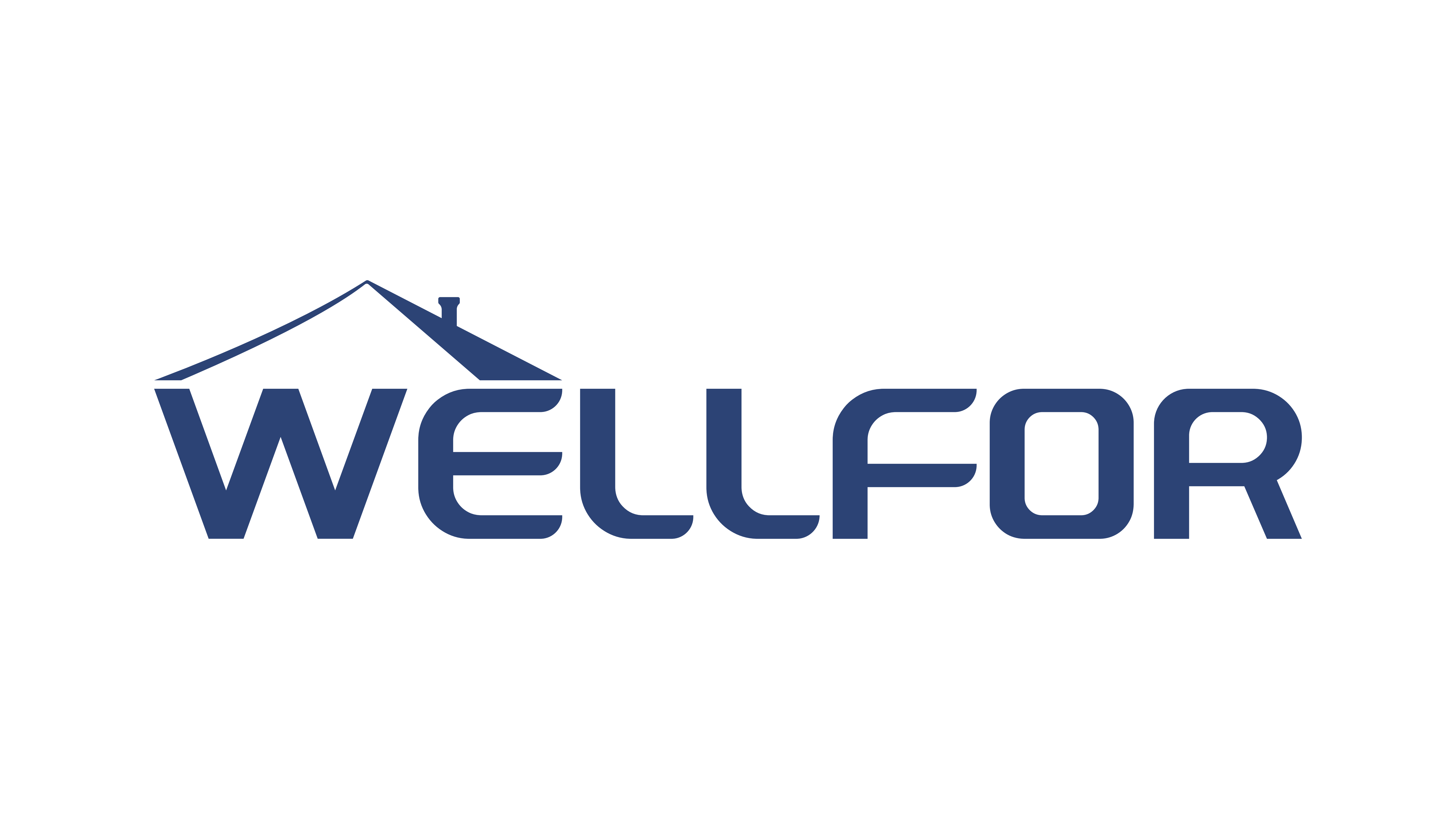
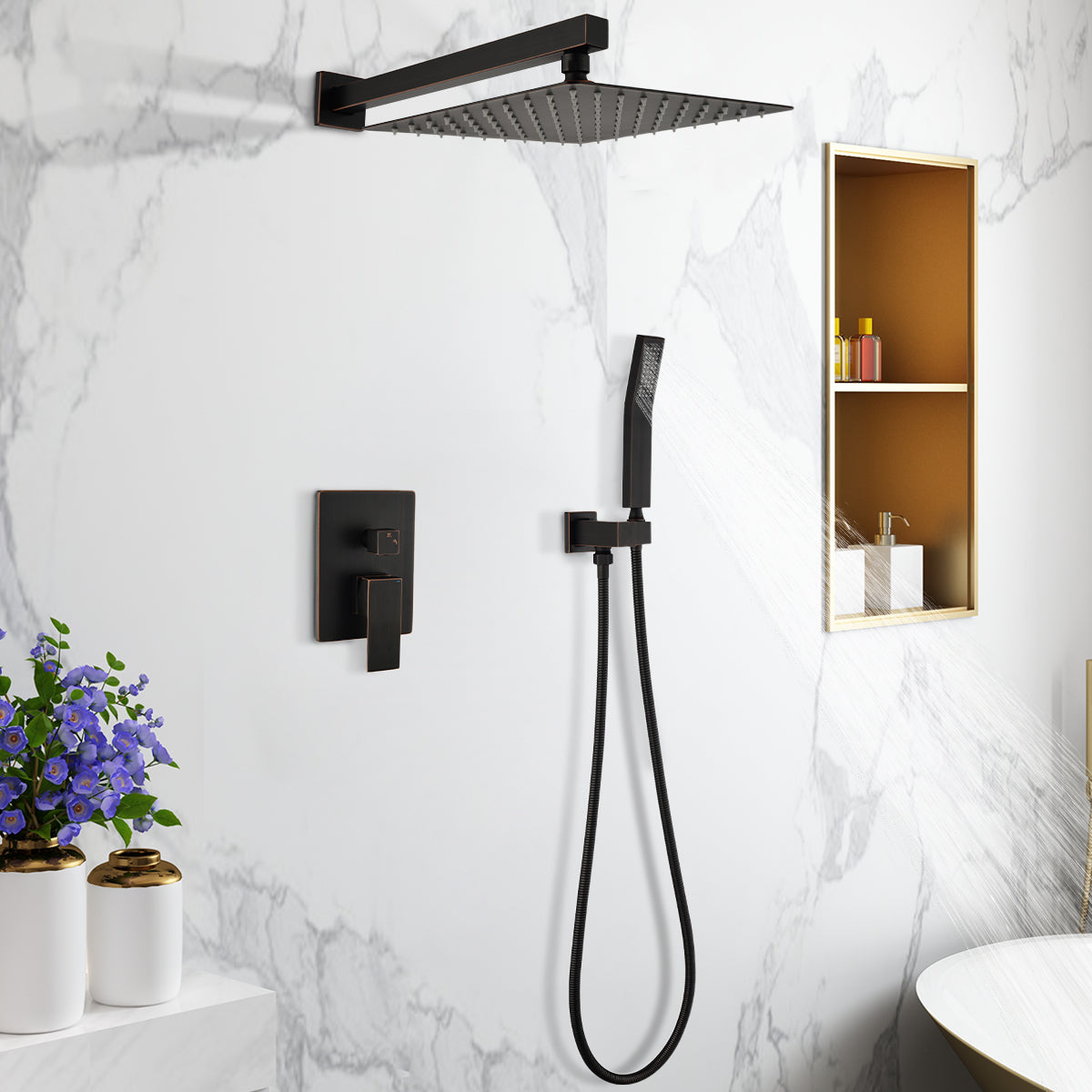






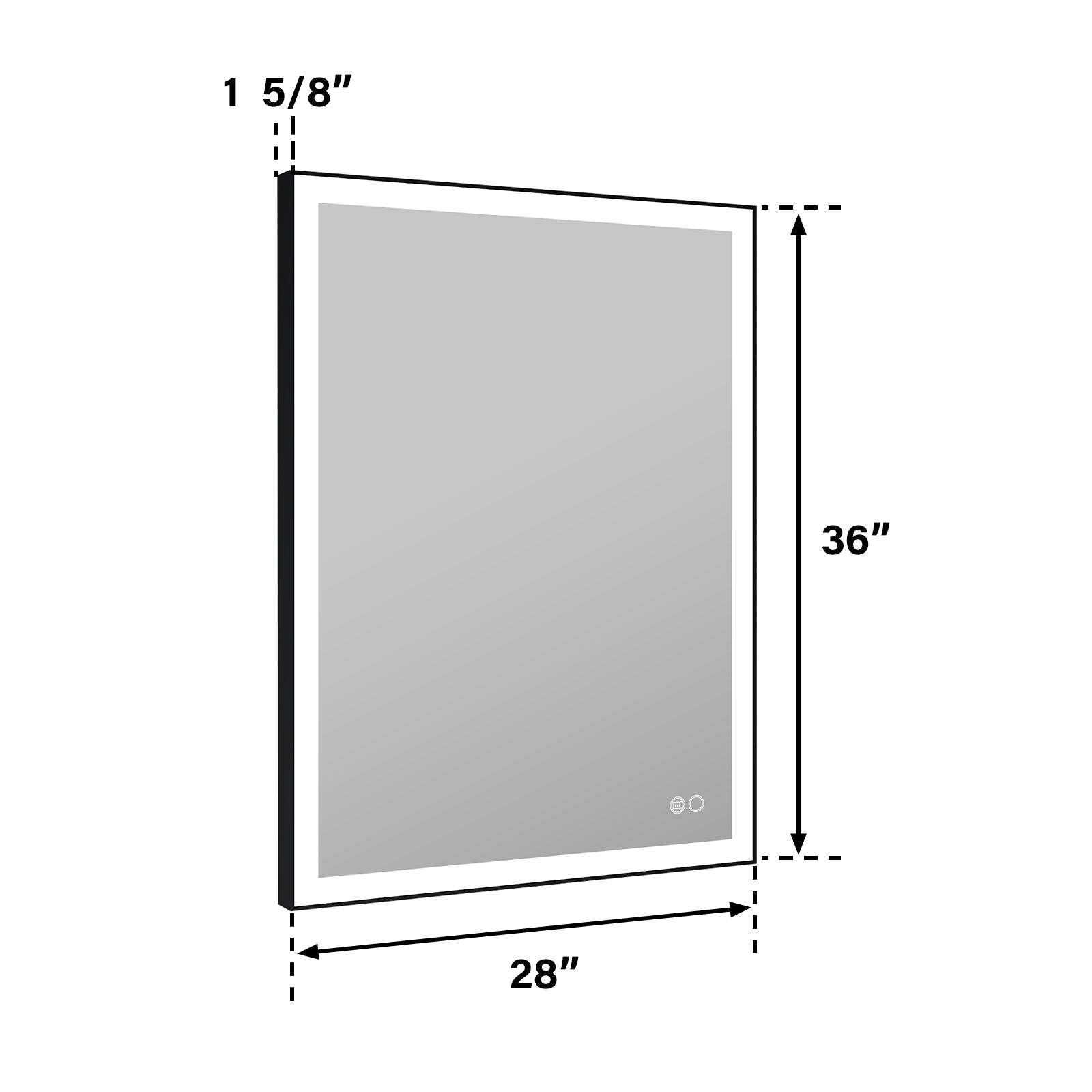
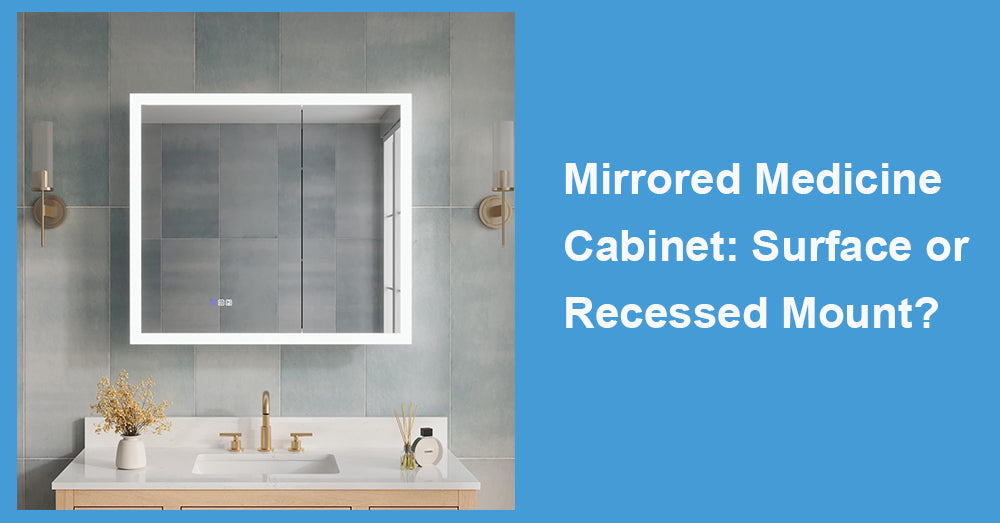
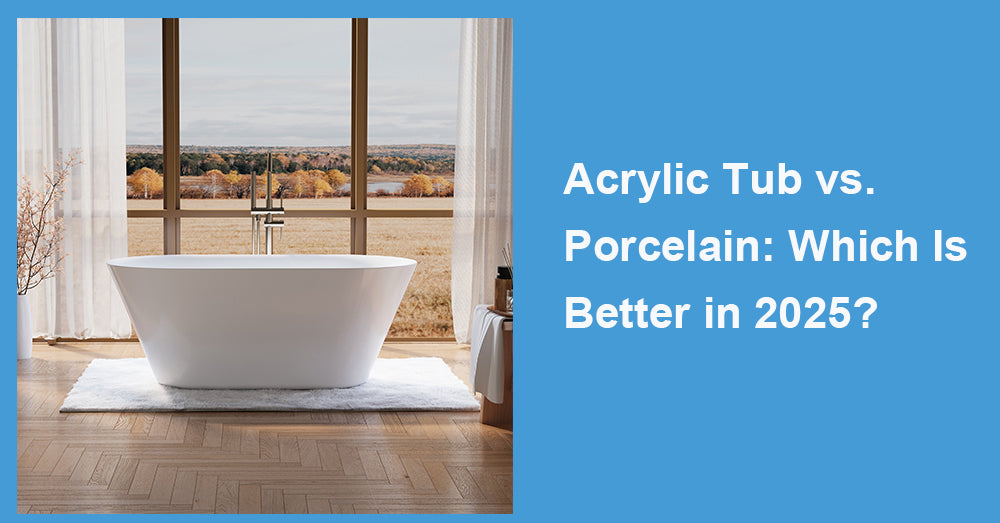
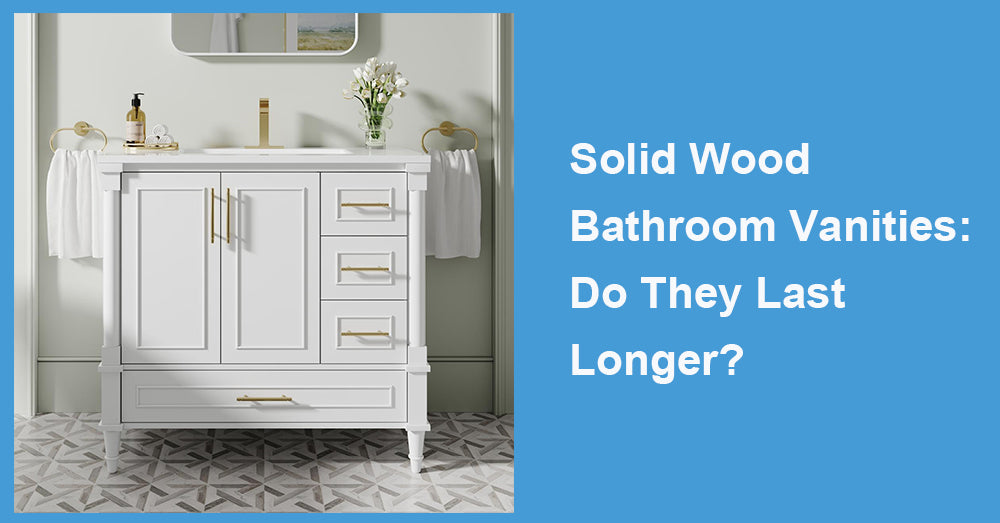
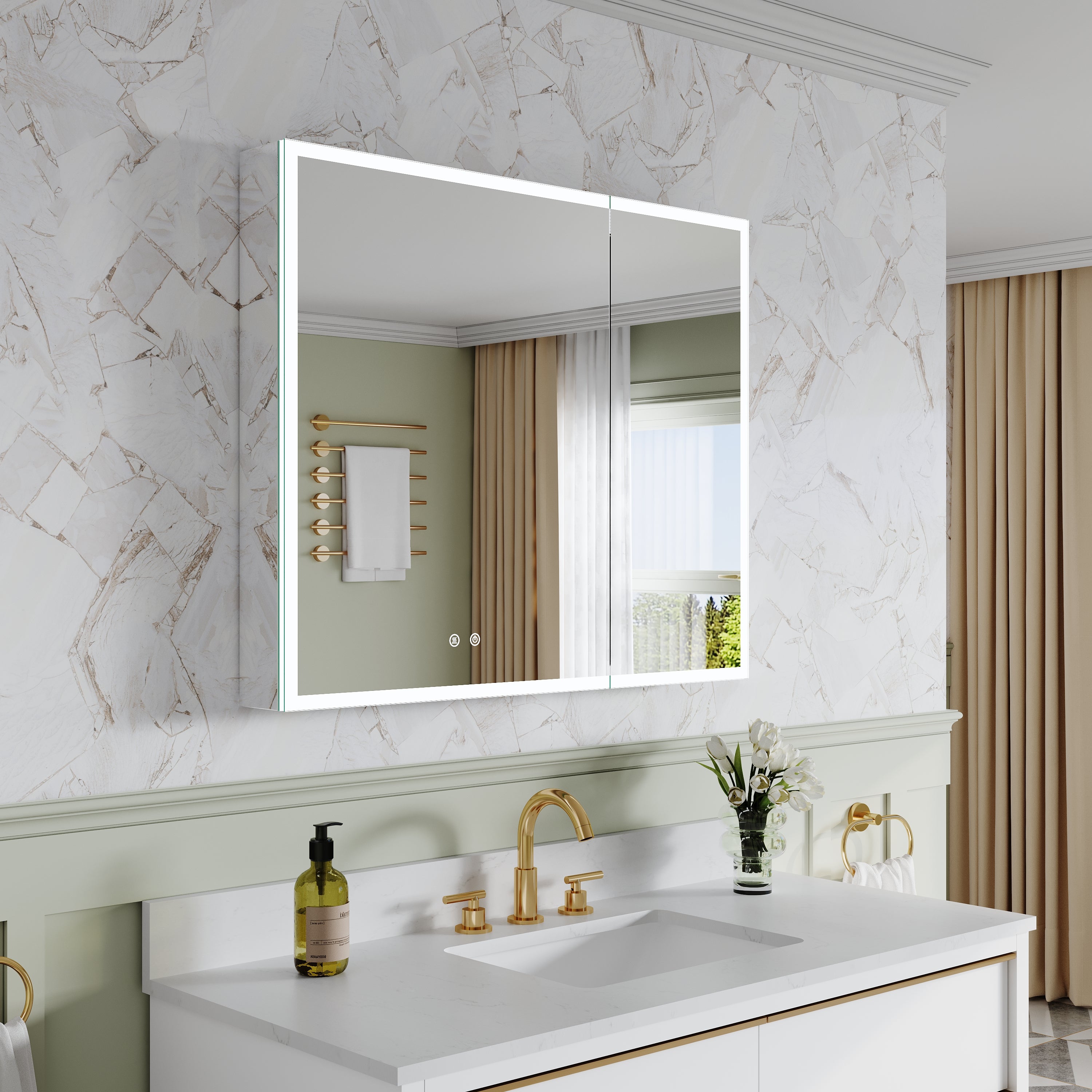
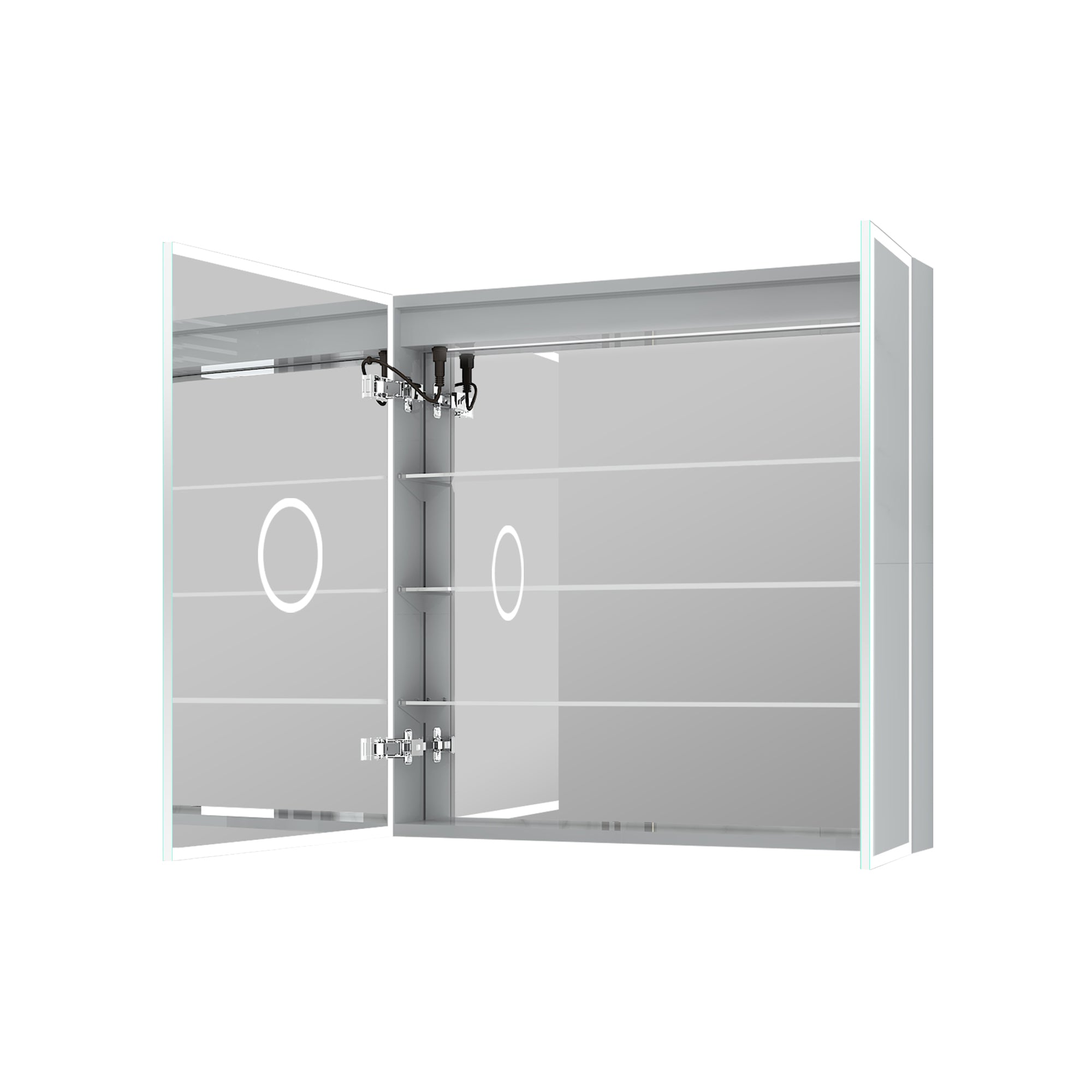
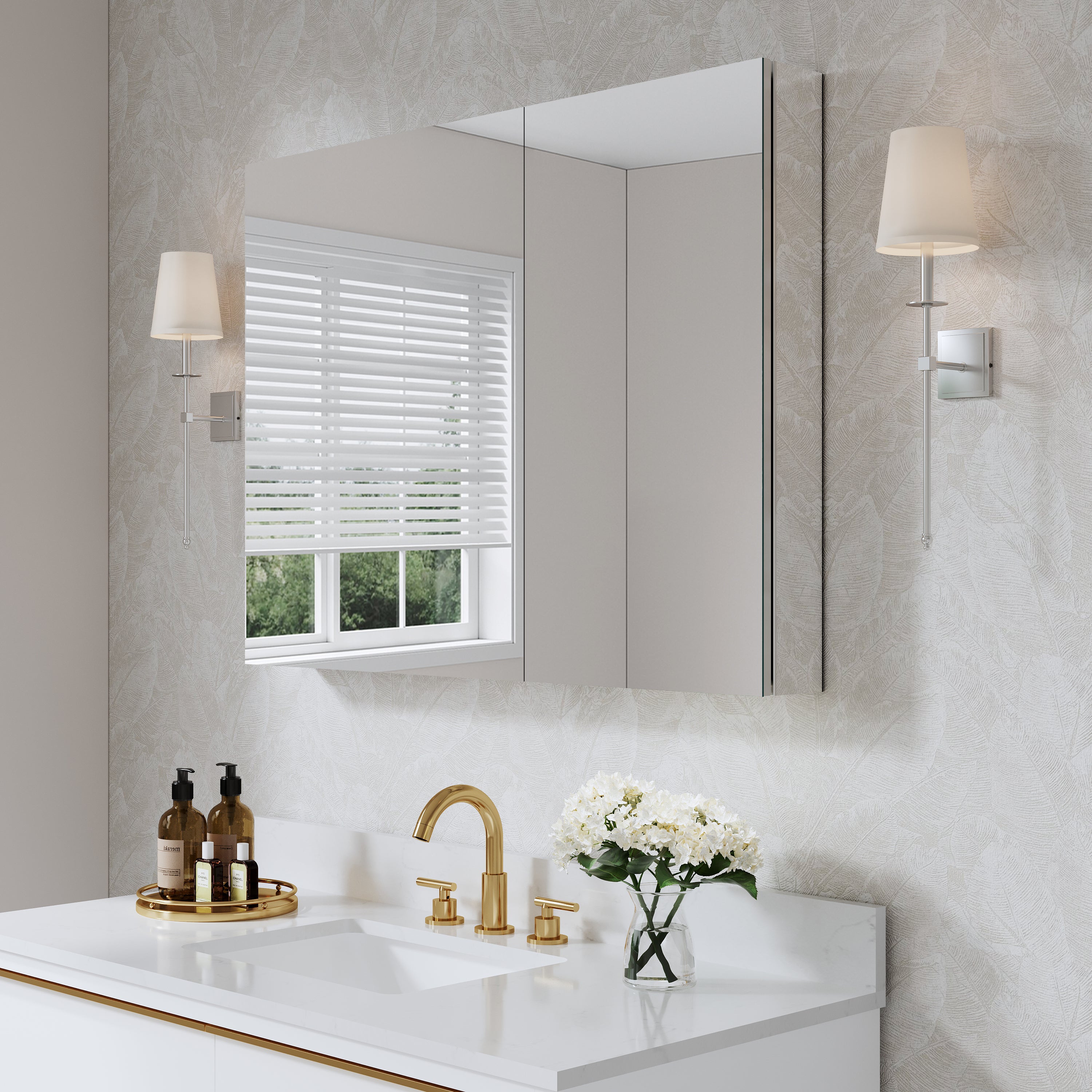

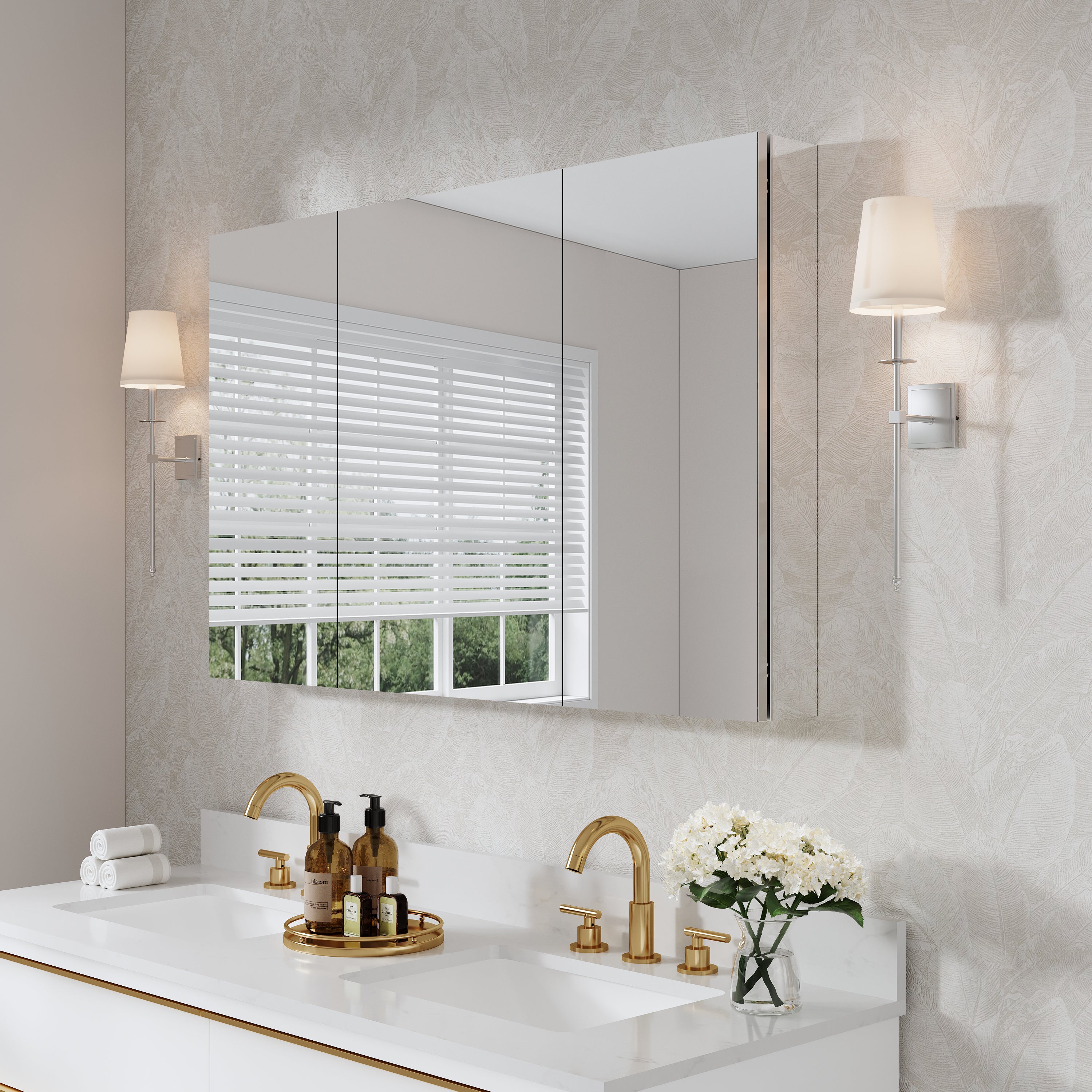
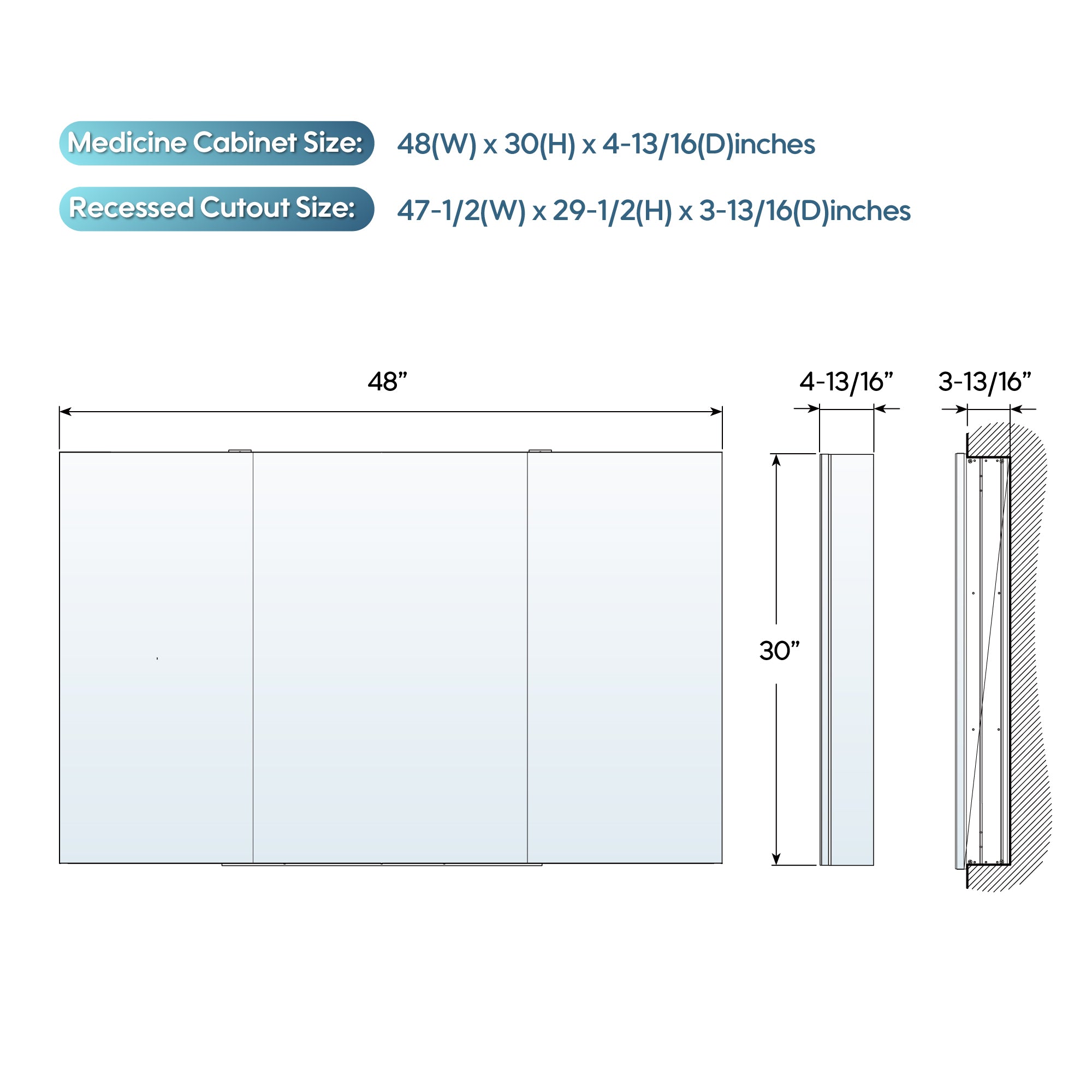

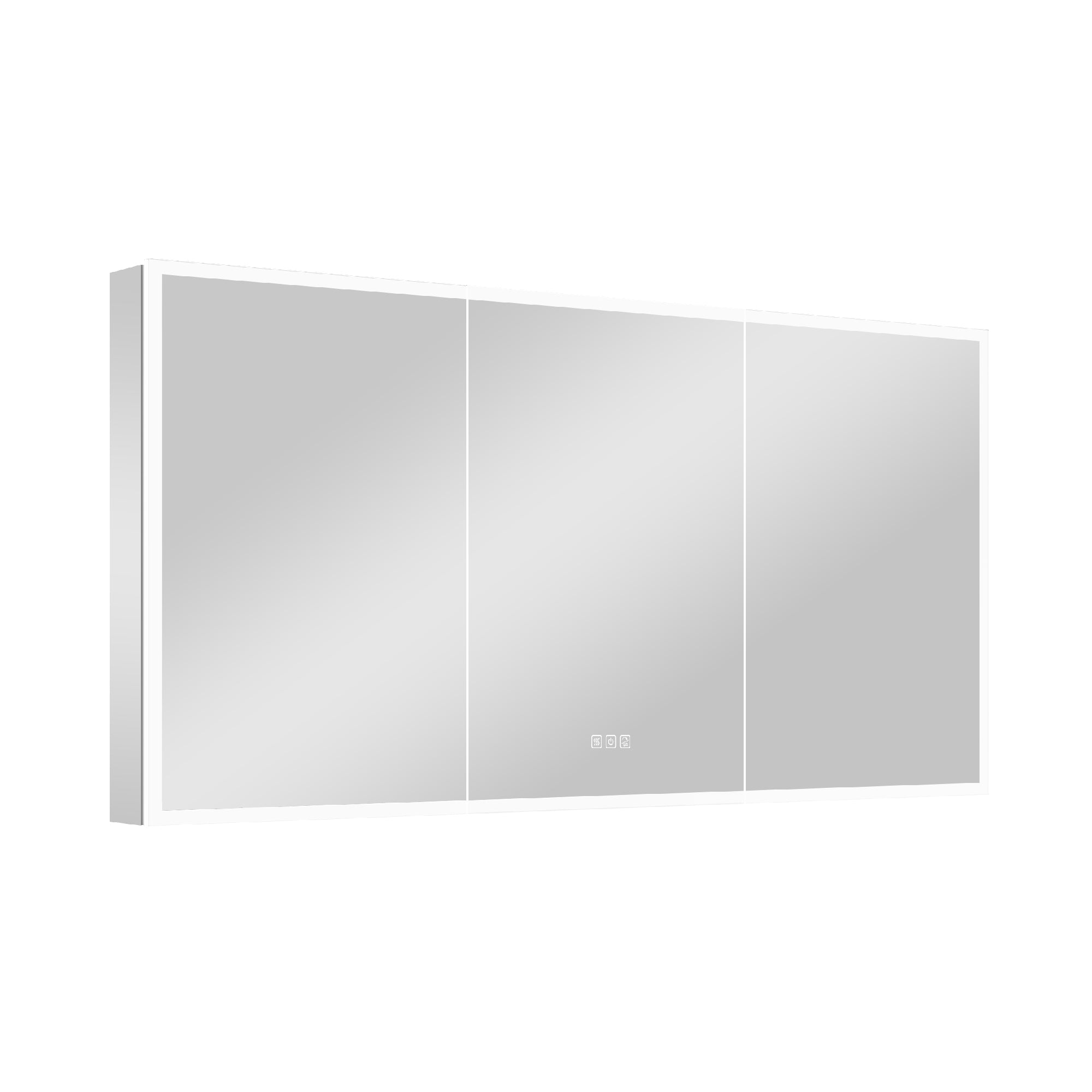
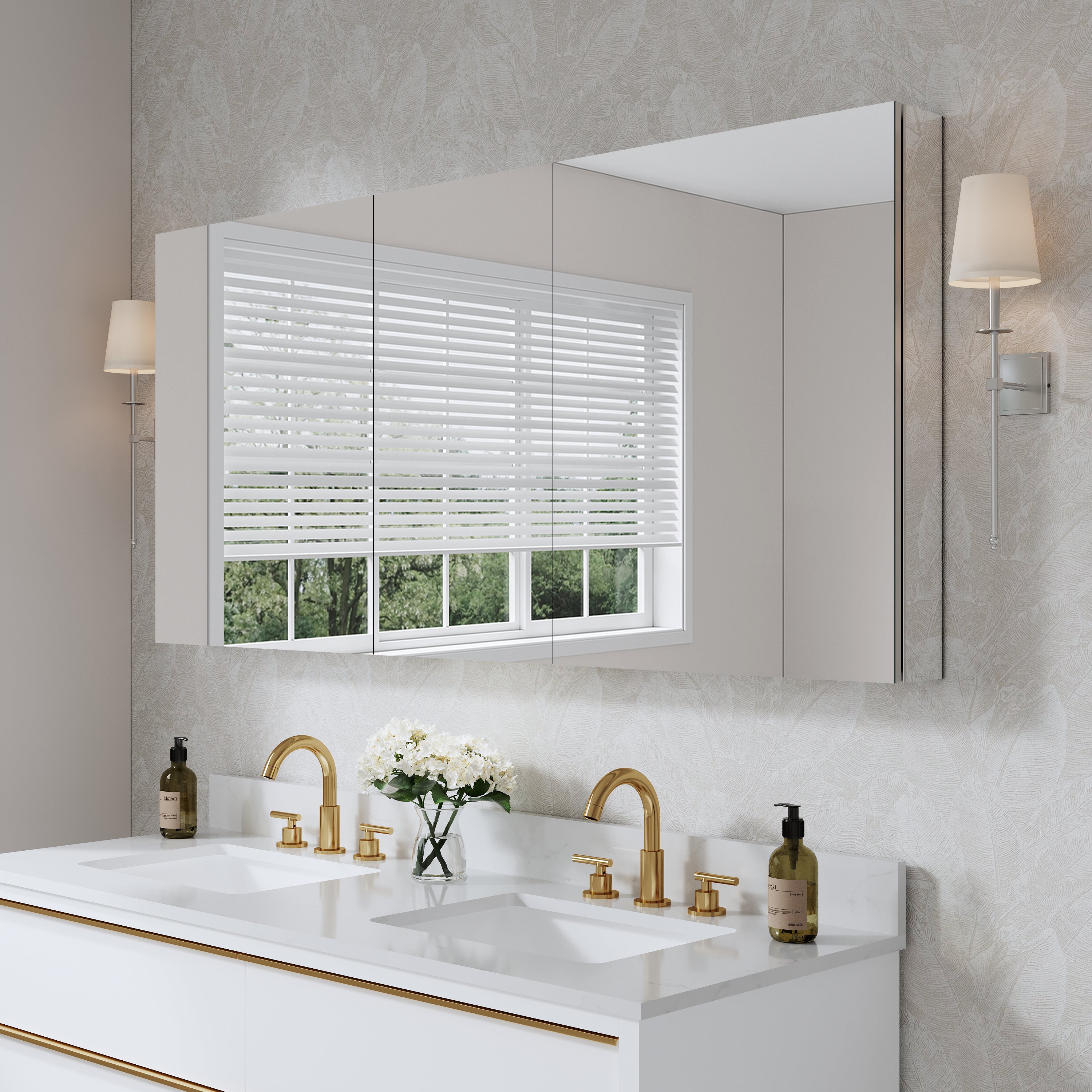




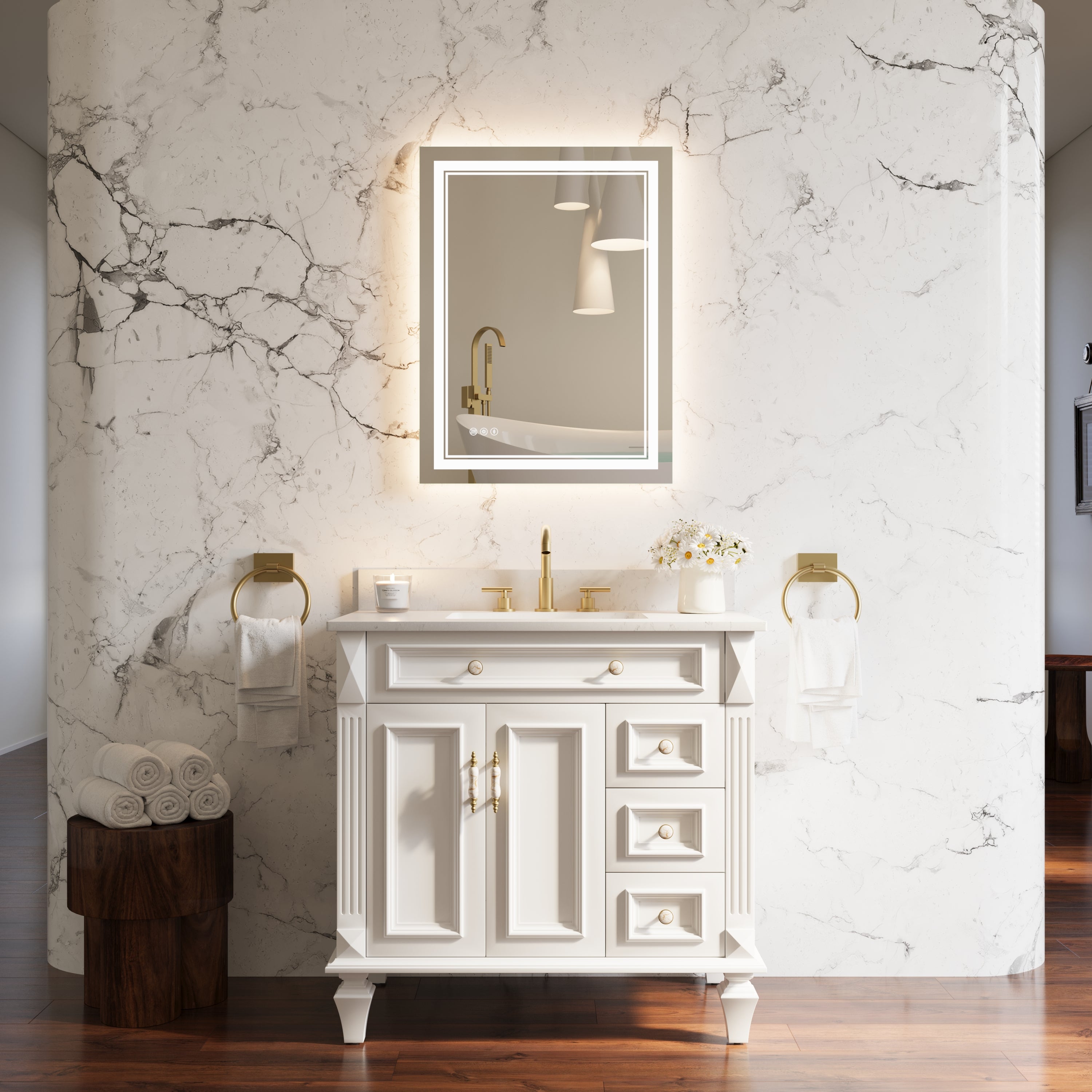
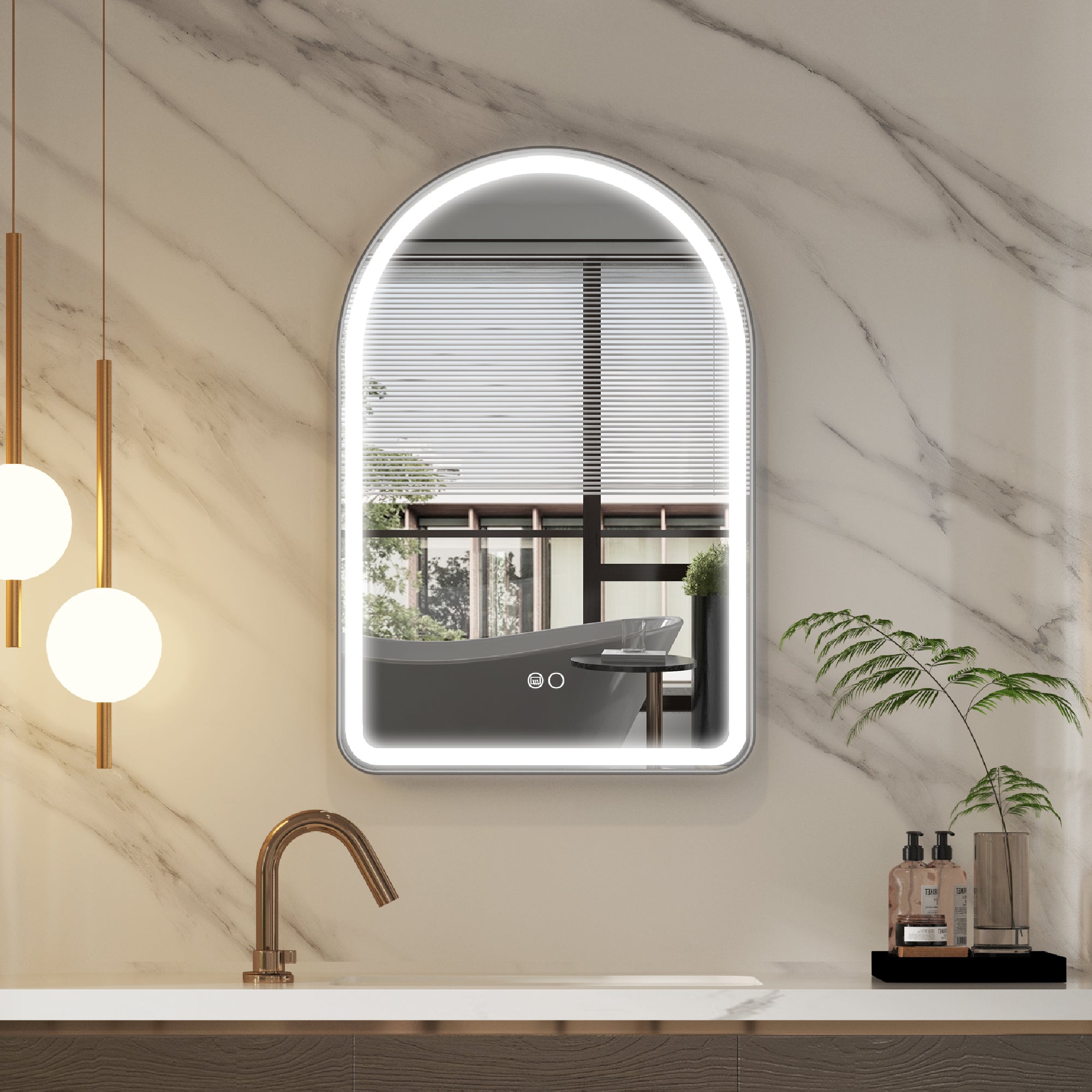
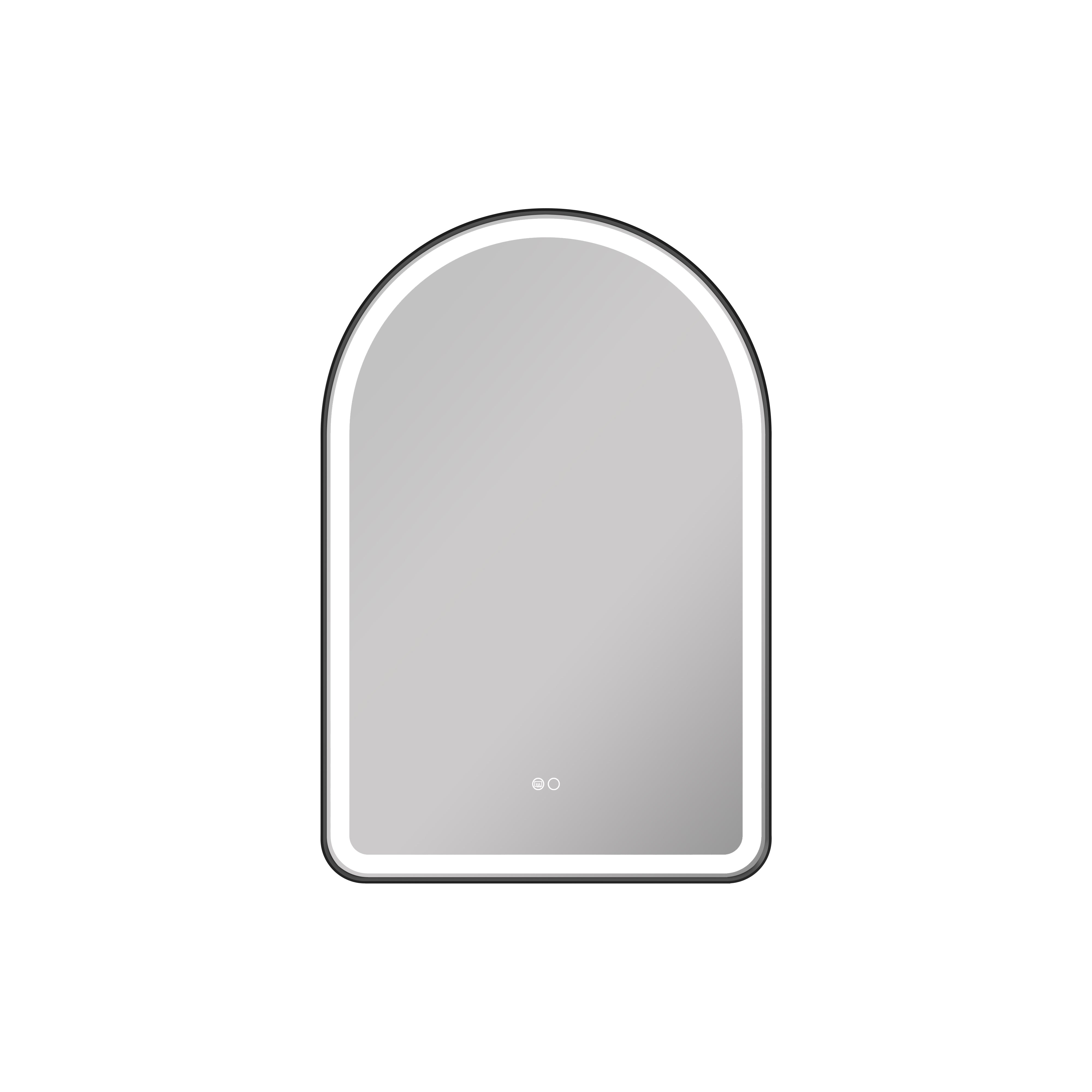

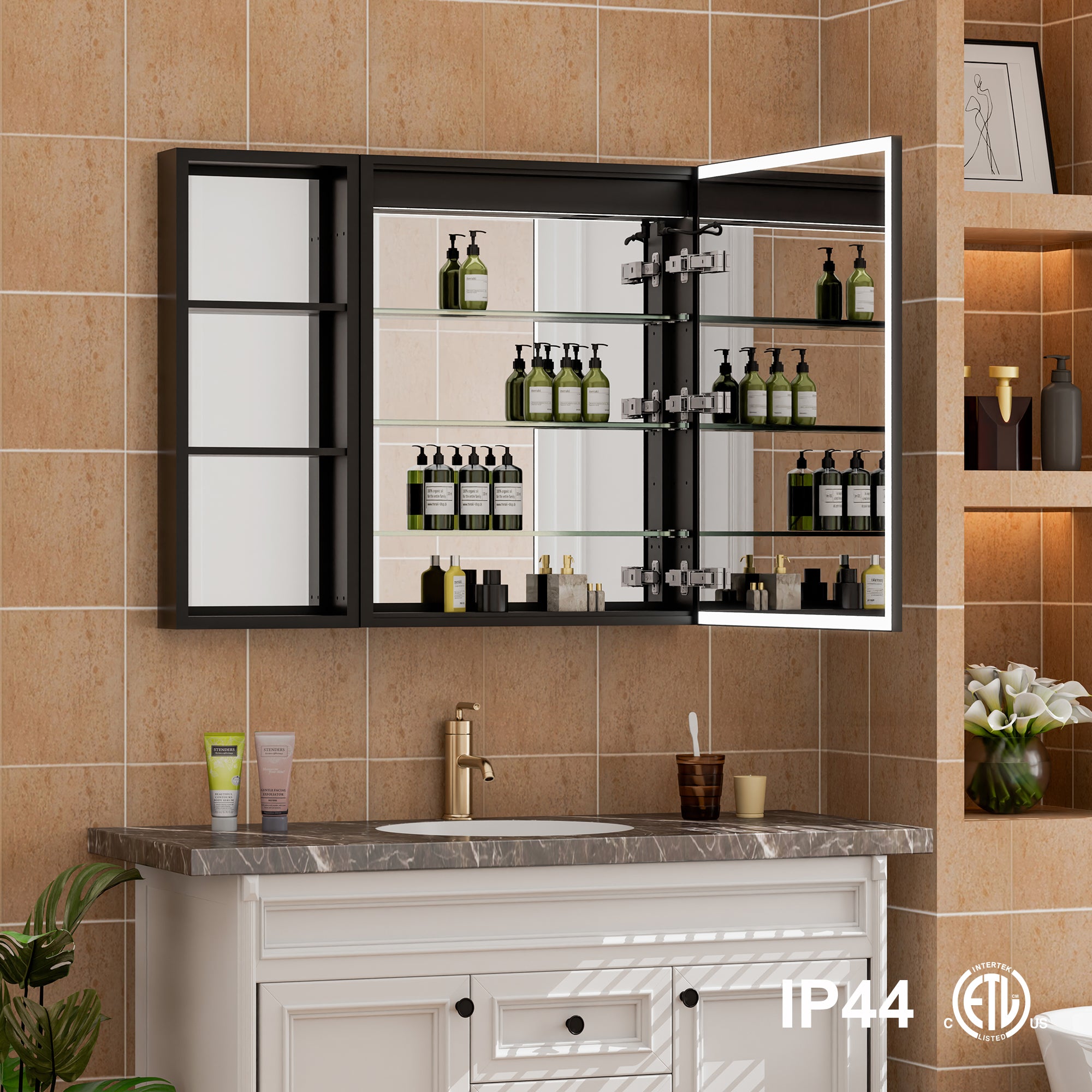
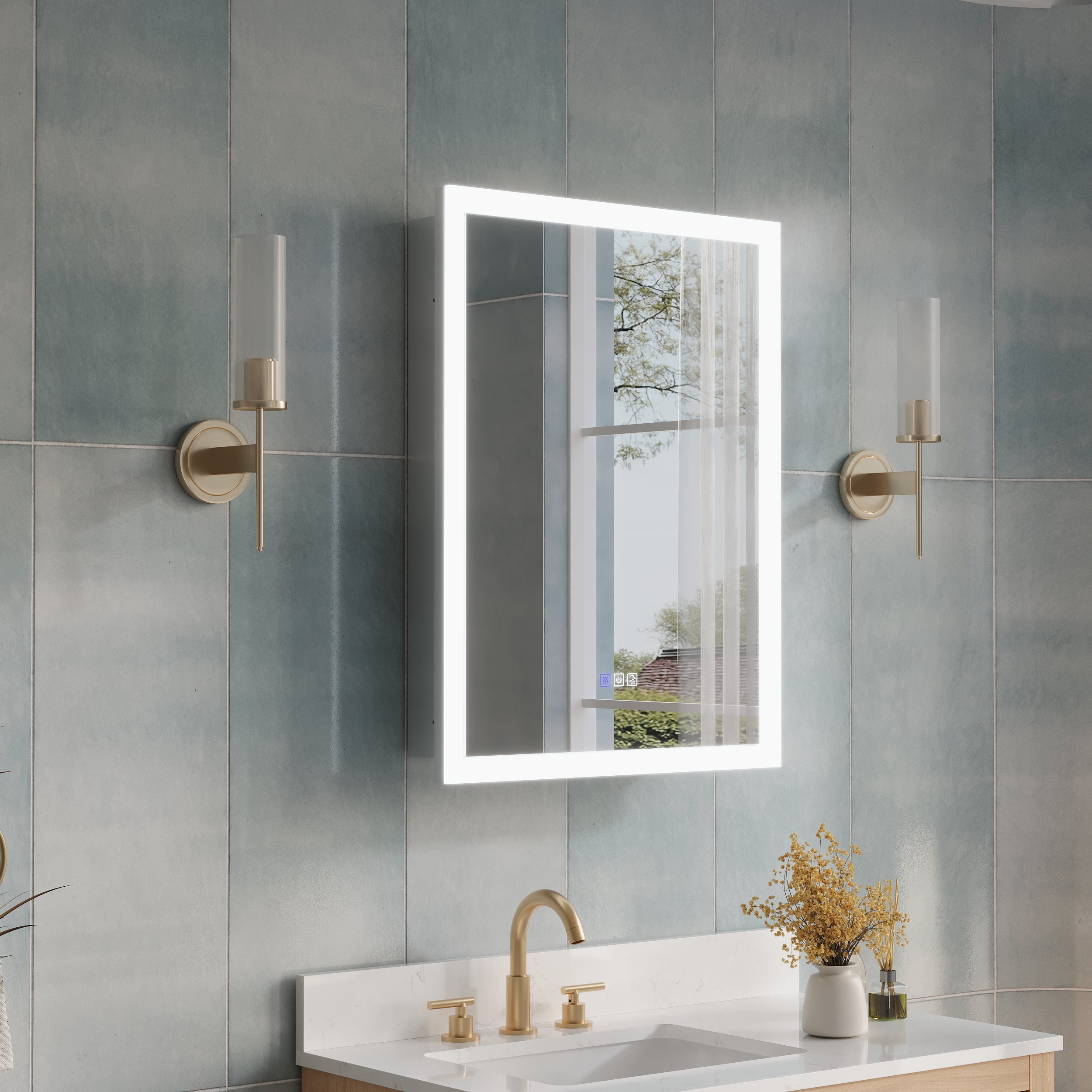
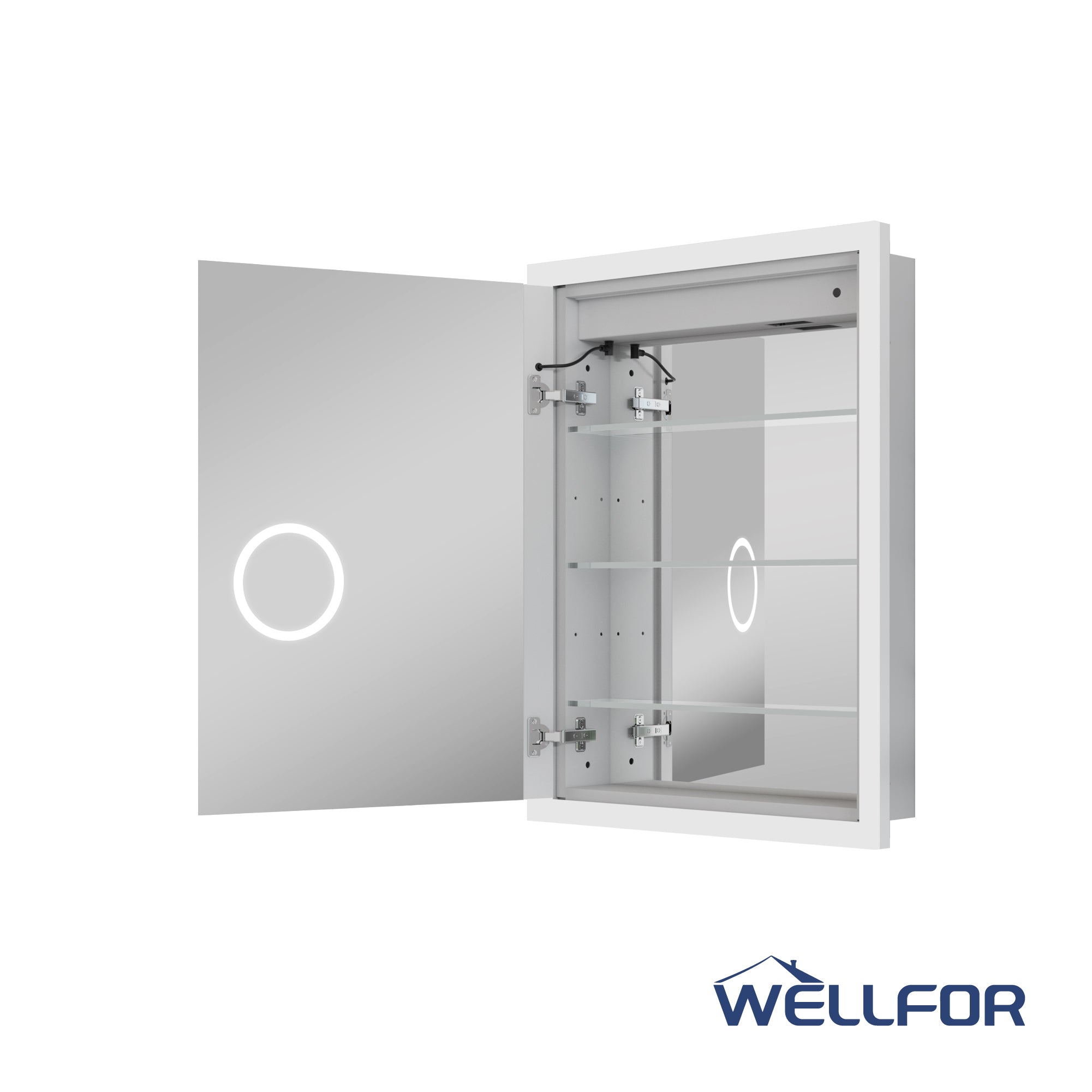
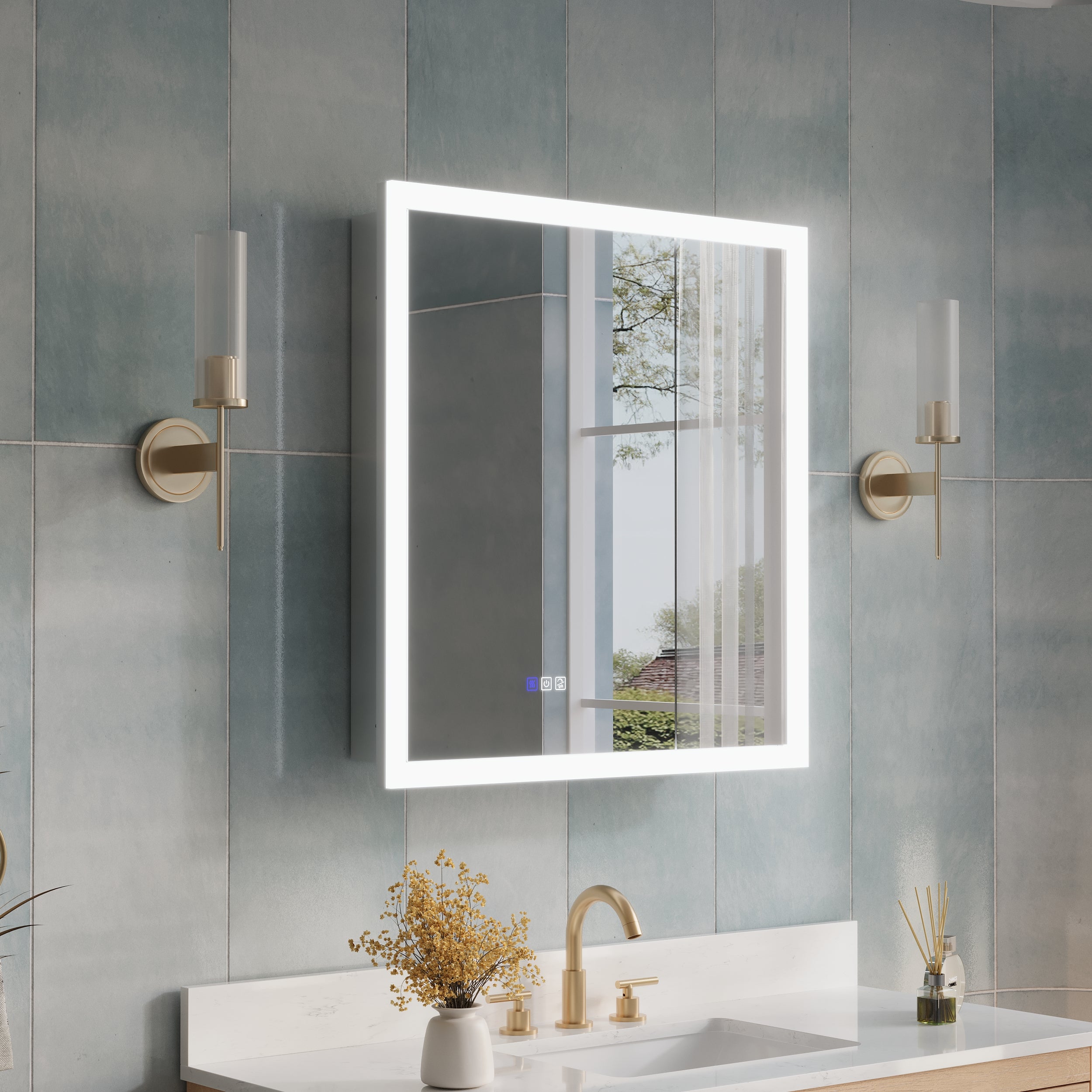
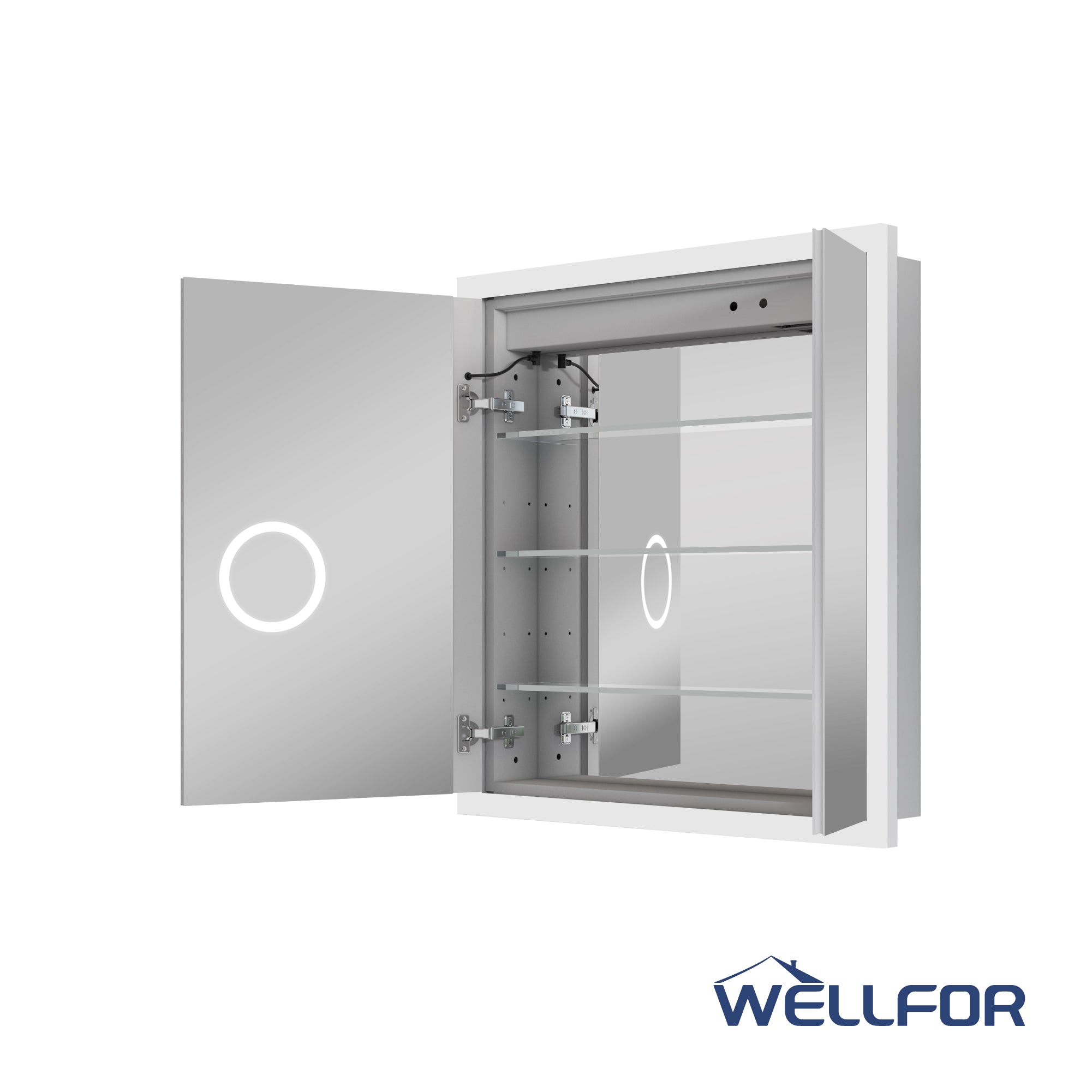
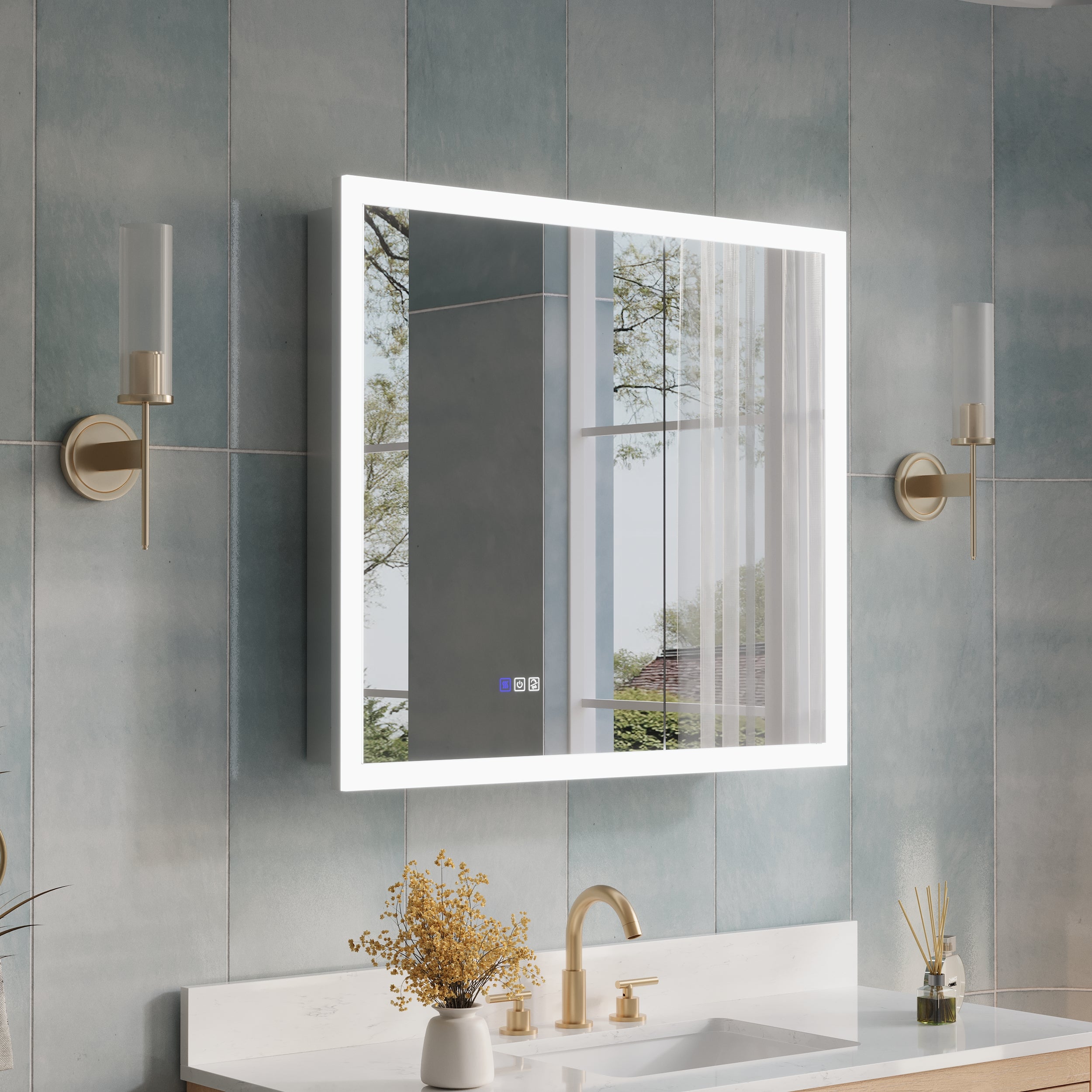

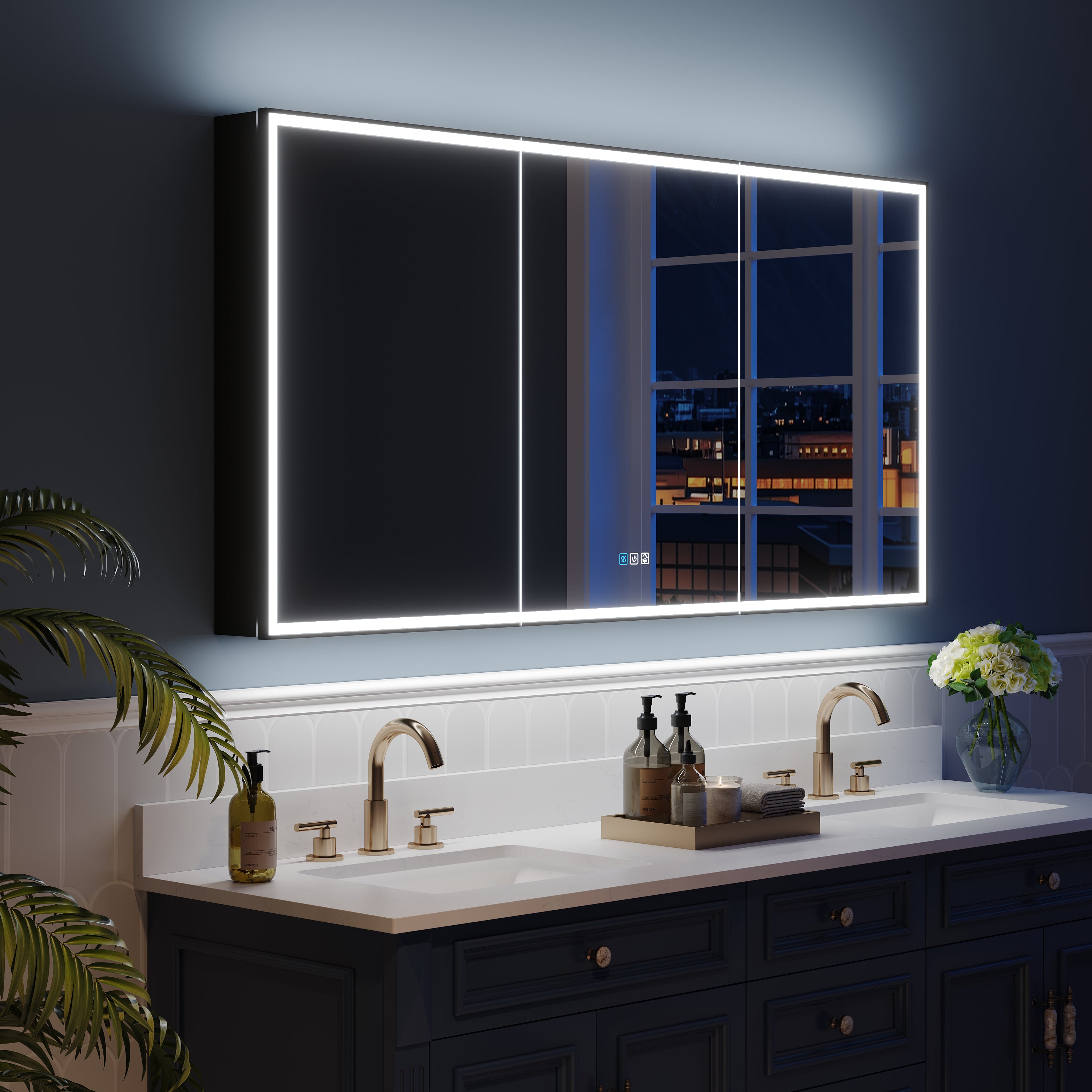
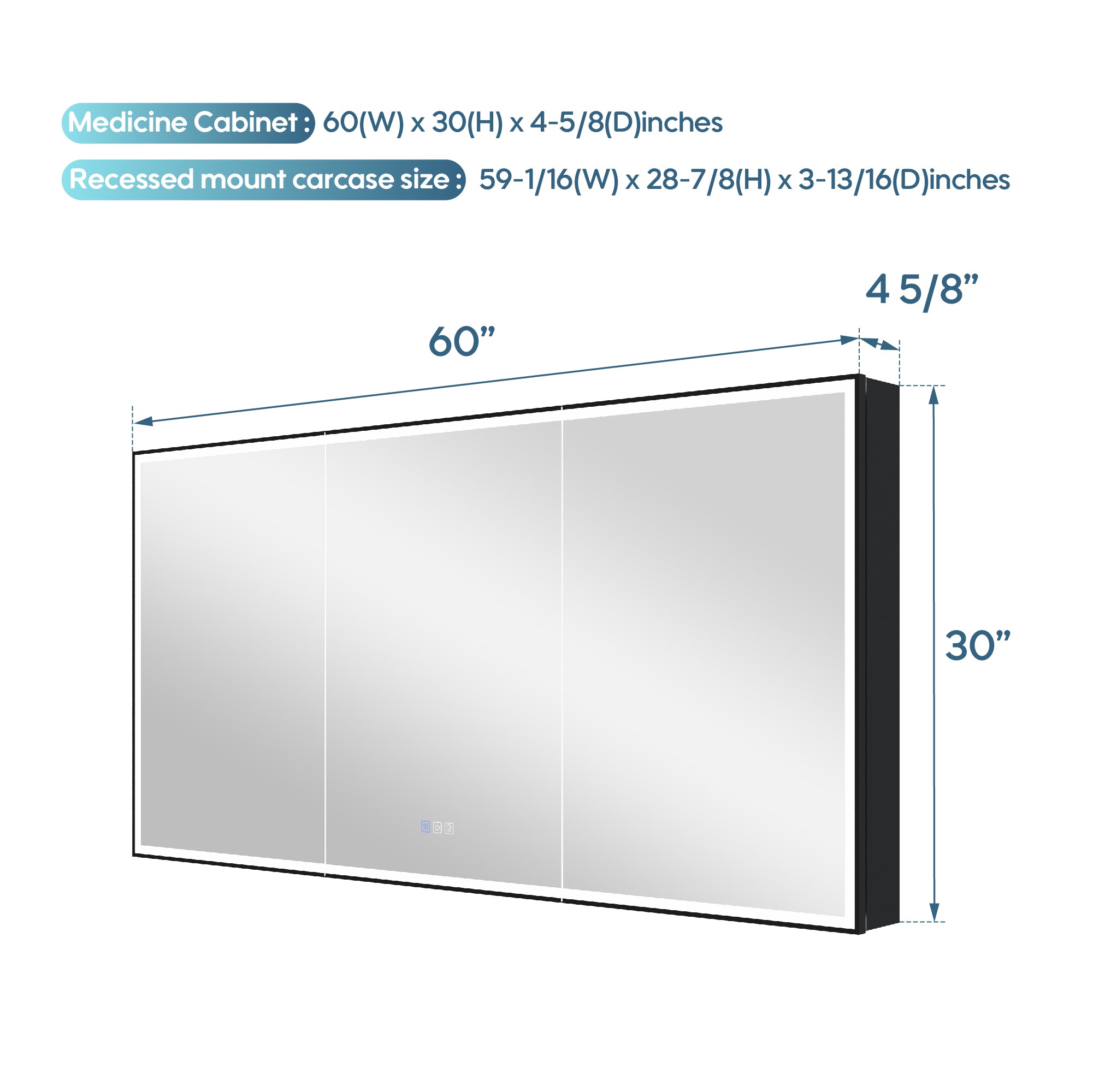
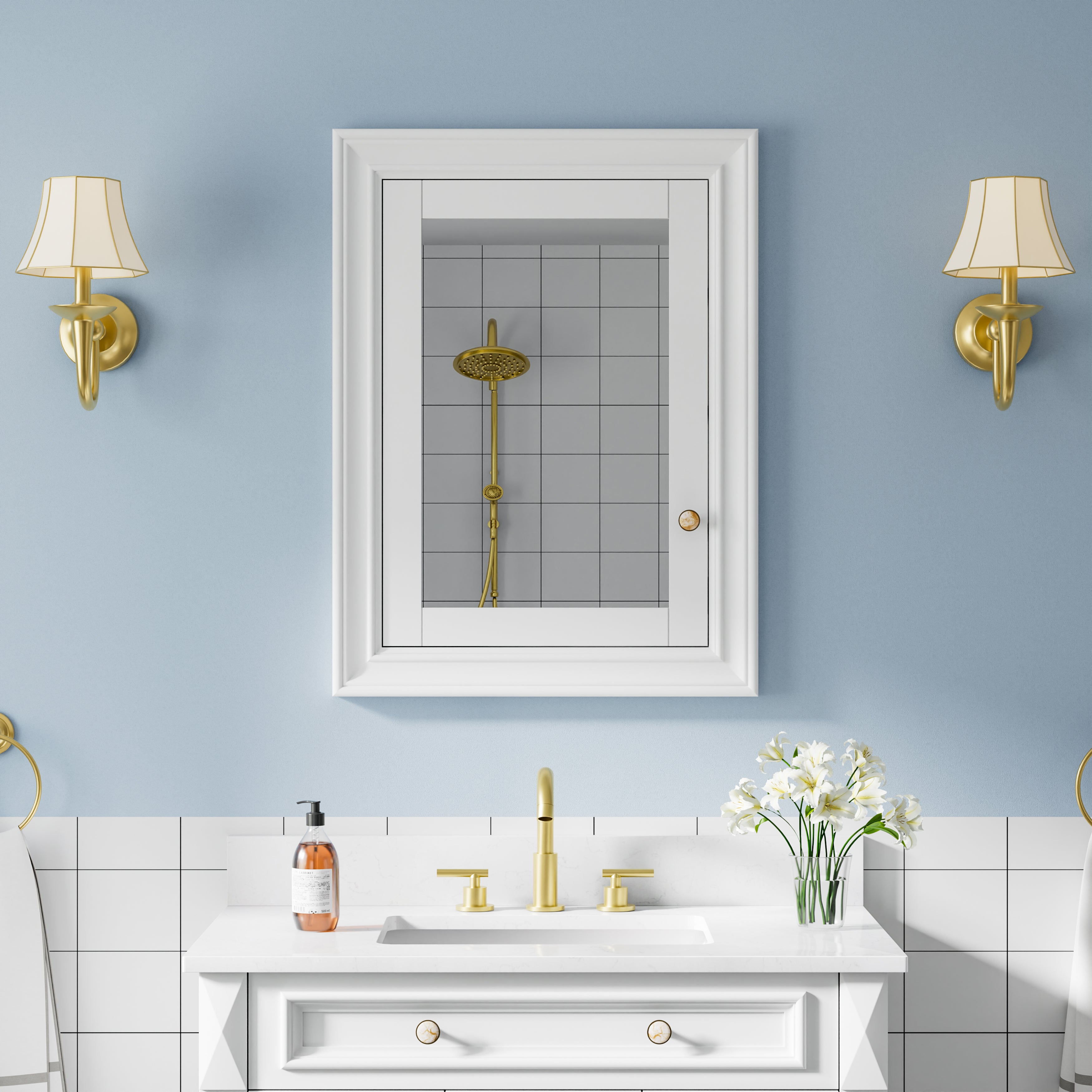


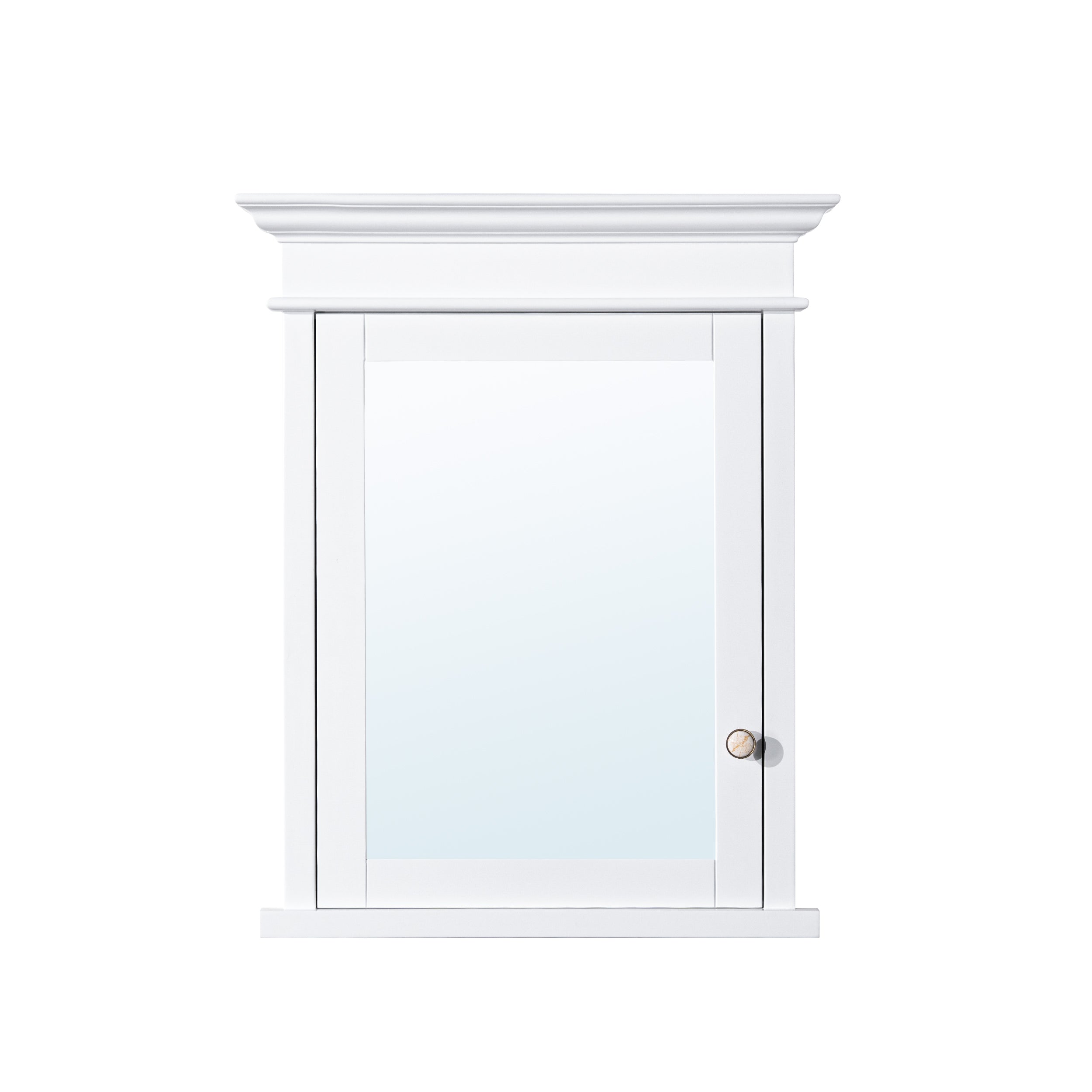

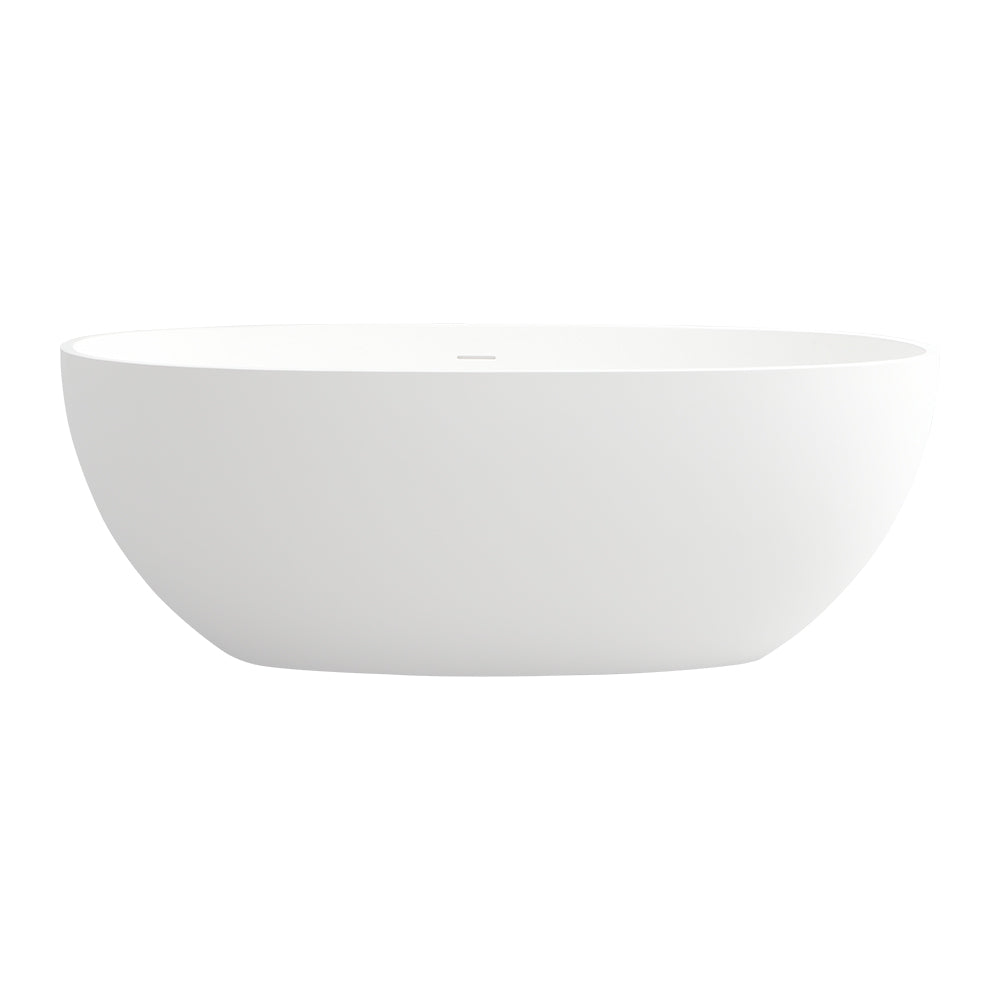


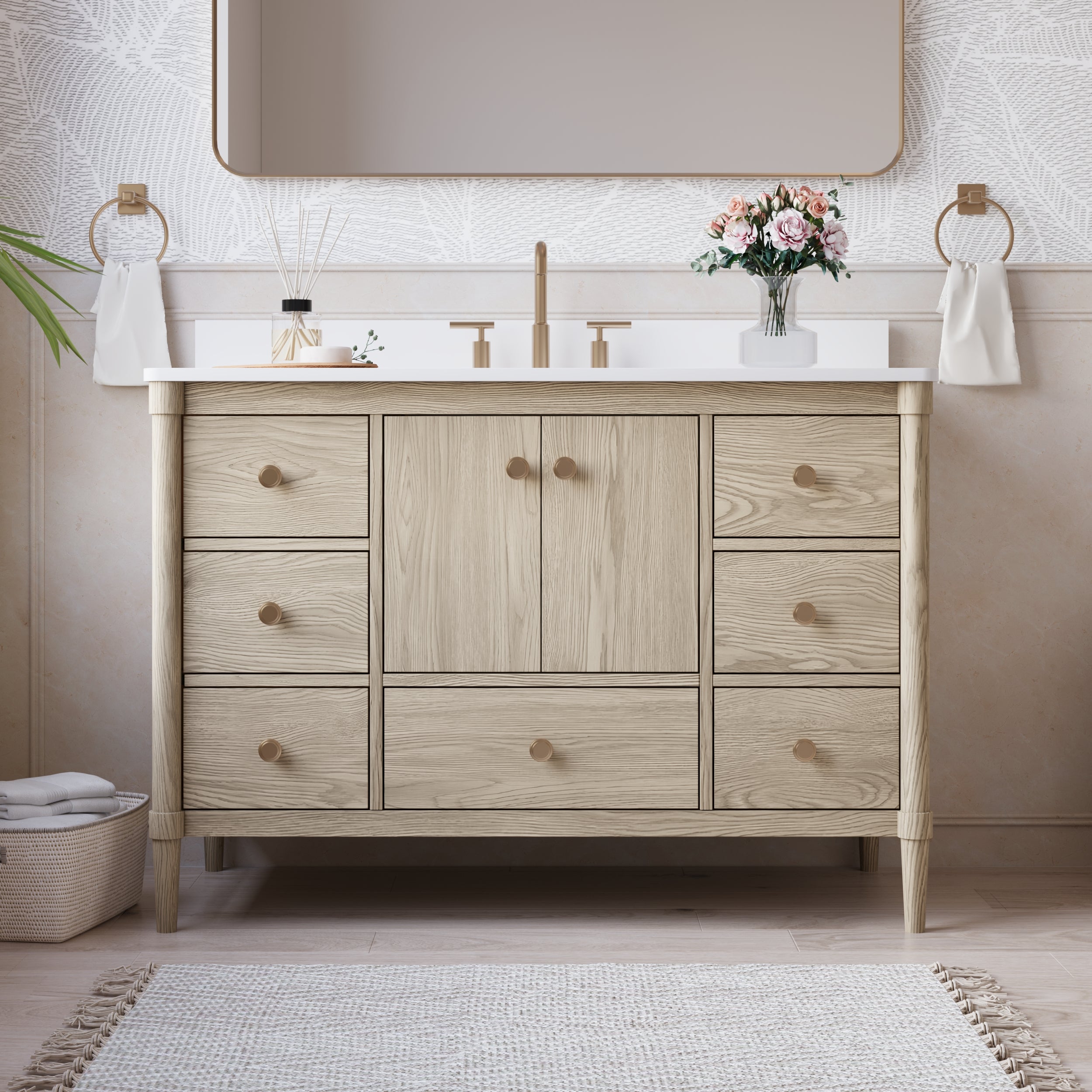
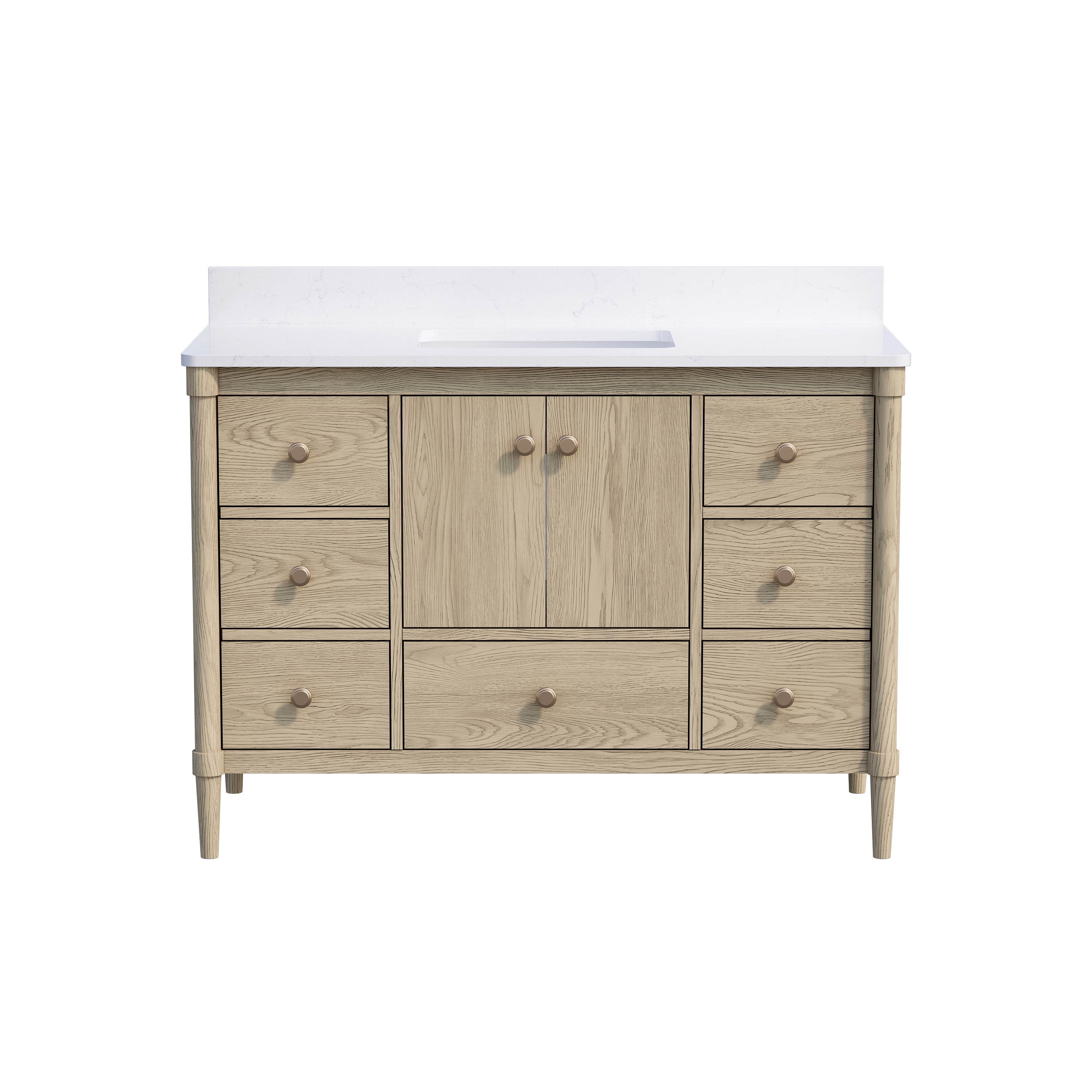
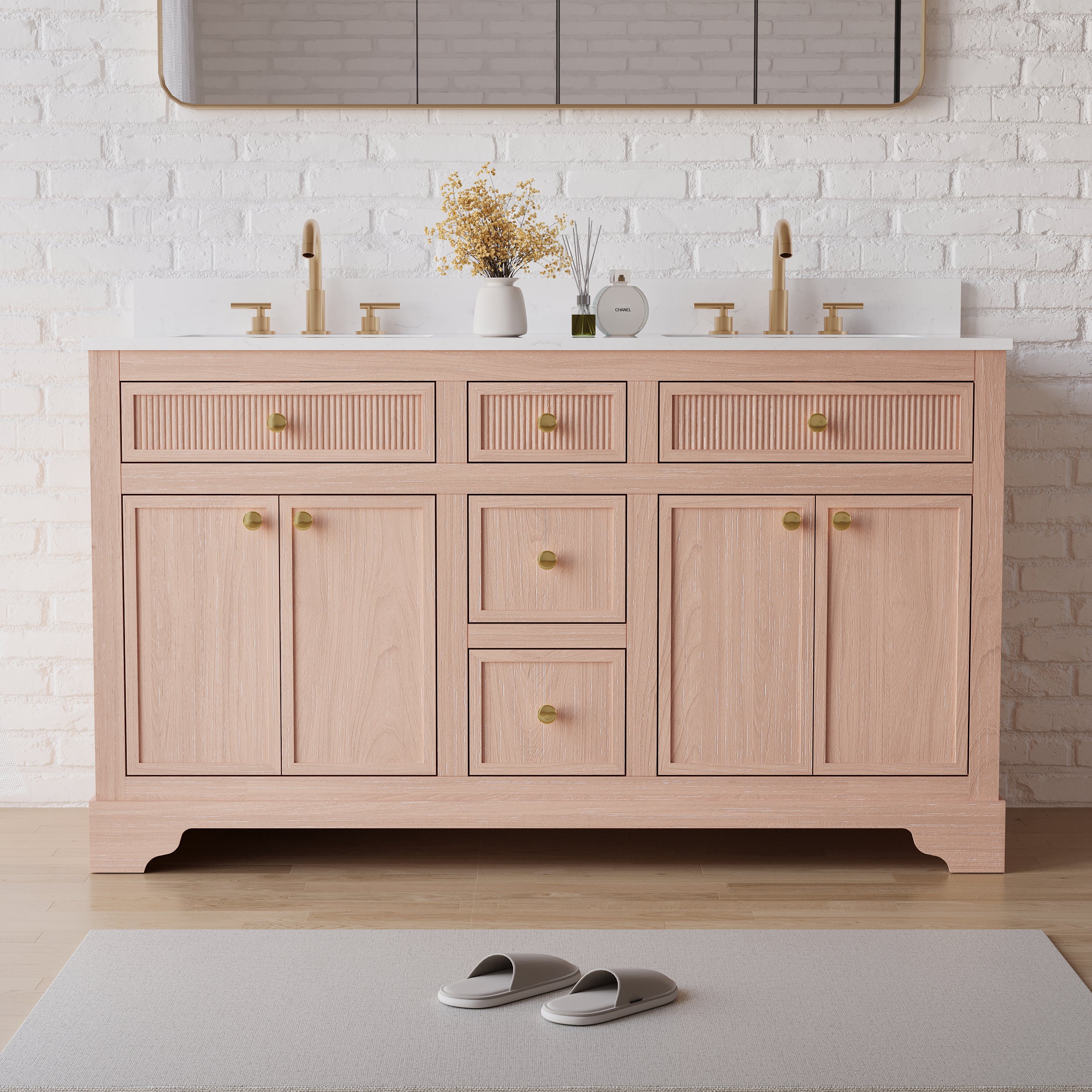



Leave a comment
This site is protected by hCaptcha and the hCaptcha Privacy Policy and Terms of Service apply.